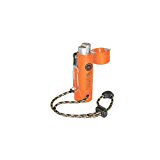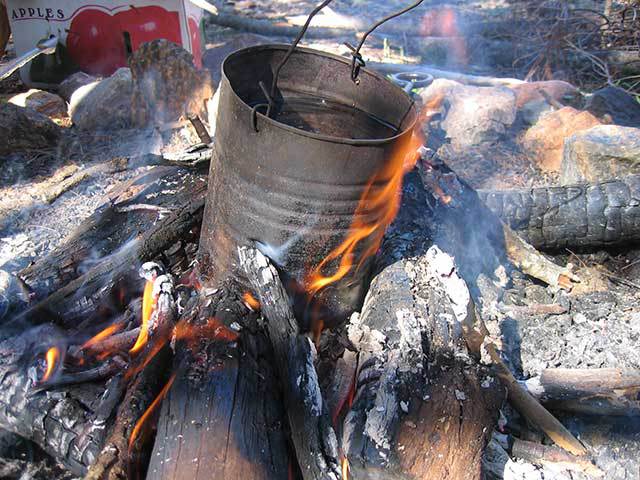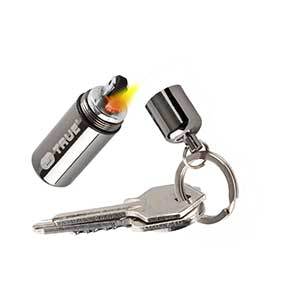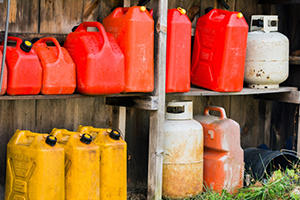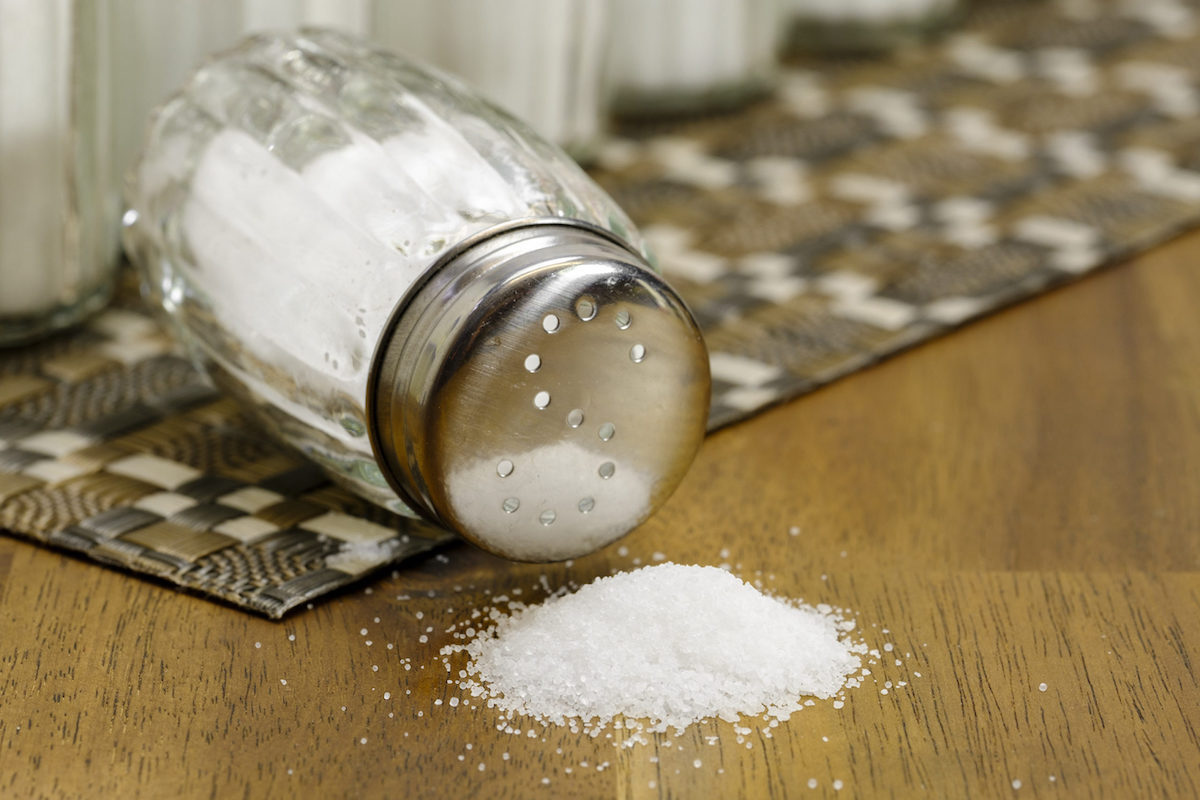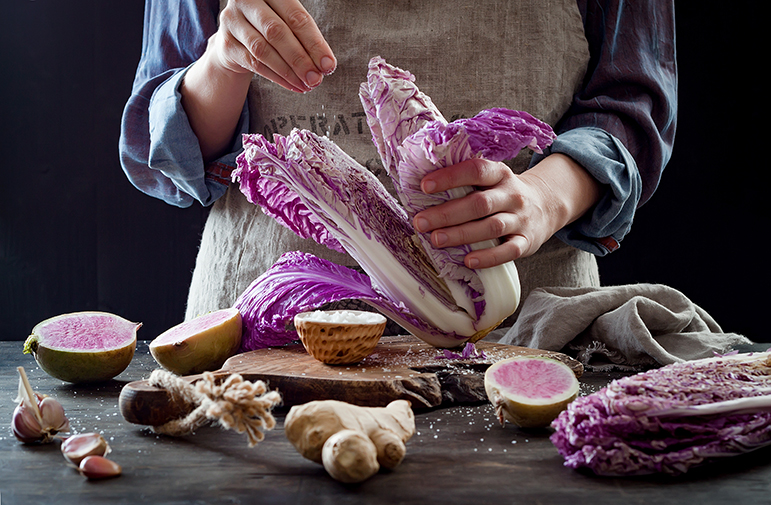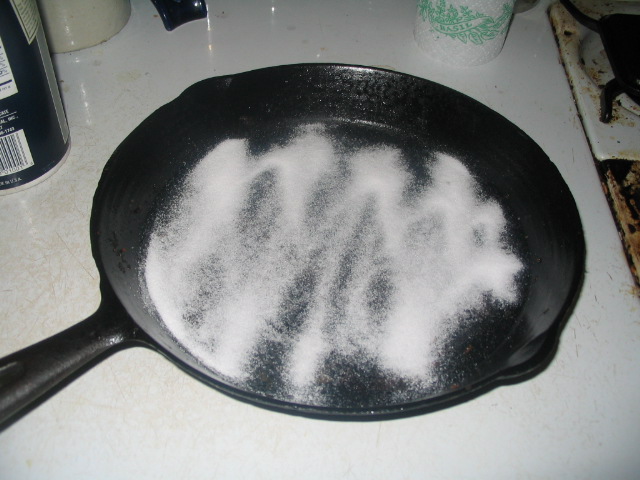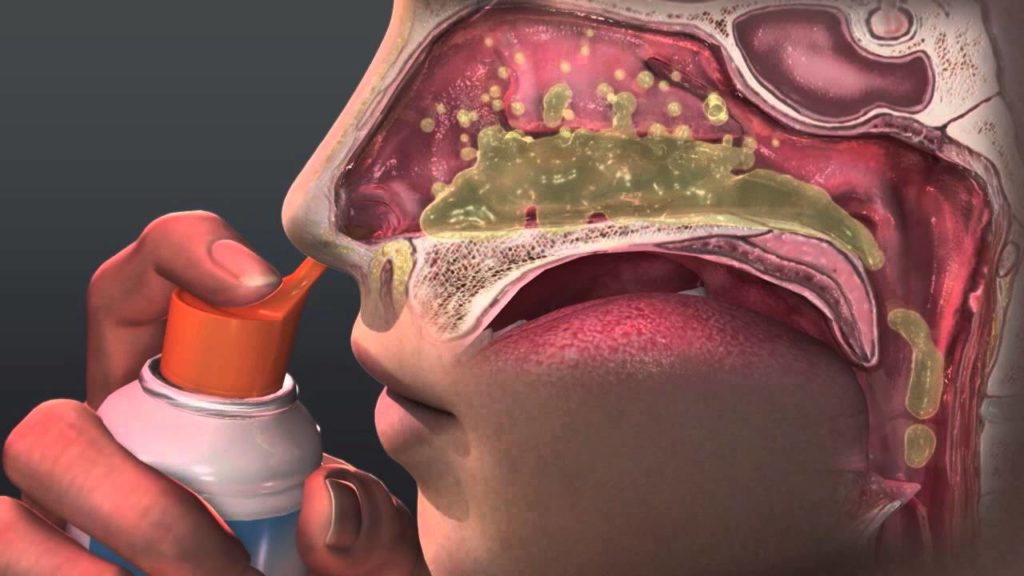Arthritis is one of the most common problems that affect the bones and joints in the human body. A huge number of people develops some sort of arthritis at some point in their lives, and the numbers are staggering: 54 million Americans have it, out of which 300,000 are babies and children. And once you develop the condition, it tends to get worse if you don’t take care of it.
Common symptoms of arthritis:
- joint pain
- decreased mobility
- discomfort.
These symptoms can compound and obviously reduce the quality of your life.
RELATED – Do I Have Arthritis?
The best way to manage arthritis is to never get it in the first place. But if you have it, there are ways that you can manage the symptoms of arthritis. To do this, make sure that you keep your joints and bones in good health. Some of the supplements that we’ll mention in this article will help you prevent arthritis if you don’t already have it.
If you don’t want to jump to the pharmacy and buy some pharmaceutical medications, then make sure that you read this list. These are some of the best natural remedies that you can find for helping manage the symptoms of arthritis.
1. Cold Treatments
Using some form of cold treatment is one of the best ways to overcome the discomfort of arthritis. There are a number of ways that you can do cold treatments, the most common and effective being the use of a simple ice pack.
Applying an ice pack to your skin helps to reduce the swelling and inflammation of your joints. This will also help to numb the area so you won’t be able to feel any pain.
You’ll want to avoid doing cold treatments too often. Make sure you wait at least half an hour before reapplying and hold the ice pack down for about 15 minutes each time. You can find ice packs in many pharmacies.
2. Hot Treatments
Hot treatments work in a different method than cold treatments. They help to relax the area and increase the rate at which blood flows. This can help to encourage mobility and reduce discomfort.
You can use a hot water bottle for this, or a microwave heat pack. Make sure you don’t get them so hot that you burn your skin!
Hot water bottles and heat packs can be found at most pharmacies. You’ll want to spend some time in between each application of the hot compress, about 30 minutes.
You can also find relief from symptoms by taking a hot bath, a hot shower, or even soaking in a hot tub for a few minutes.
3. Magnets
There are a number of interesting ways that magnets can be useful for physical therapy. Many studies have been done that have revealed that magnets can be useful for helping to improve the symptoms of people suffering from osteoarthritis.
The exact mechanism isn’t clear, but magnet therapy has been useful for helping to reduce joint pain and improve mobility. However, there isn’t any clinical evidence that proves that it can be useful for fighting rheumatoid arthritis.
You can get magnetic therapy products from natural health food stores or natural pharmacies. These can come in the form of bracelets, necklaces, pads, or discs that you can easily attach and reattach to the area of discomfort.
4. Acupuncture
Acupuncture might not be the easiest form of treatment to get at home, but it’s certainly a natural remedy that should not be overlooked. Acupuncture can be useful for helping to treat anything from mental problems, like depression, to physical issues like arthritis.
Acupuncture works by stimulating certain energy meridians in the body. These can influence our biology and our physical response to certain stimuli. By interacting with these meridians by inserting small needles into the body, acupuncture practitioners can help to promote or prevent certain things from happening in the body.
Acupuncture has been proven to be particularly useful for helping to reduce markers of inflammation, which are often very high in people suffering from arthritis. Some acupuncture therapists will be more suited to help with arthritis than others.
5. Aromatherapy
Aromatherapy has been suggested to help reduce the discomfort associated with aromatherapy, and in people that don’t experience immediate physical benefit, it will almost certainly help to improve mood and promote relaxation.
There are a number of essential oils that can be useful for aromatherapy. Some of the most popular ones for helping to manage physical ailments include lavender oil and eucalyptus oil. These can be smelled directly out of their container, but it’s often wise to use an essential oil diffuser.
Essential oil diffusers use a gradual increase in heat to vaporize the essential oils into the air. This allows you to breathe them slowly over the course of a day and experience their soothing benefits.
6. Breathing Exercises
Meditation and breathing exercises have been proven to be incredibly useful for helping to manage the symptoms of all sorts of ailments, both physical and mental. Breathing properly has been shown to reduce markers of inflammation, stress, and other problems associated with diseases like arthritis.
One of the simplest ways to begin a healthy breathing exercise is to just take slow, deep breaths from your belly and count them. Inhale slowly for a count of one, pause for a half second, and then exhale for a count of one. This will be one solid breath.
Doing this for ten minutes a day can be immensely useful in helping to regulate stress and inflammation. People who meditate and do breathing exercises show significant improvement over pretty much any physical condition that they suffer from.
7. Gentle Exercise
While you might not feel up to moving a lot when you’re suffering from arthritis, it’s actually very important to make sure that you get enough movement into your daily routine. Doing so helps keeps your muscles and joints primed so you’re less likely to experience inflammation and pain when you do have to move.
Make sure you talk to a medical professional before deciding on what type of exercise routine to embark on. Aerobics can often be difficult for people suffering from arthritis of the feet and legs, but aerobic exercise gets the heart pumping and can be great for improving overall health.
Gentle exercises, like balancing, yoga, and range-of-motion exercises can all be immensely useful for helping people manage the symptoms of arthritis.
8. Massages
Massages are one of the best ways to help people manage arthritis. There are many reasons that the technique of massage has been used for so many centuries.
Massages are great for helping to fight pain, reduce swelling and tension, and improving range of motion. Massages are generally used on muscles, but they can be very useful for helping to prevent discomfort
9. Pau d’Arco
Pau d’arco is one of many South American plants that is revered for its medicinal benefits. In particular, this plant is highly effective at fighting inflammation and the related symptoms. It can be used to help remedy arthritis.
Pau d’arco is found in some health food stores. It can be bought in the form of supplements, but some prefer to make tea. The tea is nice because you can make it as strong as you want, but it’s not always as easy to find pau d’arco bark.
10. Turmeric
Turmeric is widely known for being one of the most powerful and widely used medicinal herbs on the planet. Not only is it great for flavoring curries, but it can help to heal a huge number of ailments – including inflammation.
Since arthritis is known for causing inflammation and pain in the joints and bones, using turmeric can be instrumental in helping you manage its symptoms. Turmeric is much stronger when you are using it with black pepper because the piperine found in the pepper helps to facilitate its absorption.
You can also find supplements containing nothing but the main active ingredient in turmeric, known as curcumin. Curcumin supplements are often prepackaged with black pepper to maximize absorption. These can be found in health food stores, as can raw turmeric root. Turmeric powder can be found in most grocery stores.
11. Meditation
Meditation is a simple practice that can have far-reaching effects on both your physical and mental health. There is some evidence that it can be used for helping people treat the pain associated with chronic conditions like arthritis. It can also help to eliminate the stress associated with these problems which can make them worse.
Mindfulness meditation is proven to help people manage pain. People who also suffer from a mental health condition like depression are most likely to experience benefits from meditation.
A simple meditation is to simply count your breaths. Slowly inhale, pause for a second, and then slowly exhale. This will be for a count of one. Do this at least ten times and you will notice that your stress levels will decrease drastically.
12. Yoga
Yoga can be considered another form of meditation, and its benefits can be just as far-reaching. Many people associate yoga with the physical, but it’s actually a practice that benefits the mind just as much as the body.
This means that yoga can help you manage the physical discomfort associated with arthritis as well as help you manage any stress that comes along with the condition. There are a number of online courses that can teach you how to do yoga, and there is probably a local yoga center somewhere in your local area.
13. Omega-3 Fatty Acids
Omega-3 fatty acids are one of the most beneficial nutrients that you can take for fighting inflammation. They are found in all sorts of food, like fish, avocados, and various vegetable oils. They are also available in supplement form and can be found at pharmacies, grocery stores, and natural health food stores.
Fish oil supplements, which are one of the most effective sources of omega-3 fatty acids, have actually been proven to help fight the stiffness and discomfort associated with arthritis.
14. Devil’s Claw
Devil’s claw is a fairly potent medicinal herb that can be used for treating a wide number of ailments that affect the bones, muscles, and arteries. It is known to help fight stiffness and inflammation, and can, therefore, be useful for helping people manage arthritis.
Devil’s claw can be found in some supplements and most natural health food stores will carry it. It can be made into a tea if you’re able to find the loose leaf variety.
15. Ginkgo Biloba
Ginkgo biloba is a fairly powerful herb that’s been used for a number of different applications, both mental and physical. It has been shown to help improve cognitive abilities by enhancing blood flow throughout the body and brain, and also for helping to manage the physical symptoms of ailments like arthritis.
Ginkgo biloba can be found in supplement form and the leaves can also be purchased from health food stores and made into tea. Ginkgo biloba works great in conjunction with other herbs, like turmeric and devil’s claw.
16. Stinging Nettle
Stinging nettle is a plant that most of us know best because we’ve tried to avoid it at all costs in the forest. However, the plant has a number of important benefits and can be used to help treat problems like gout and arthritis.
One study that was done in Germany revealed that an extract of stinging nettle contains a powerful anti-inflammatory compound. This compound helped to prevent the body from producing cytokines that caused inflammation in chronic joint diseases like arthritis.
17. Bromelain
Bromelain is a powerful enzyme that’s found in the pineapple plant. It’s used in both its original form and in extracted form for its medicinal benefits, which can include helping to manage the inflammation associated with various problems.
Extracts of bromelain can be found in some health food stores, and pineapple on its own can be useful for treating smaller cases of inflammation.
18. Boswellia
Boswellia is a powerful herb that’s been popular in Ayurvedic medicine for hundreds of years. It functions well as an anti-inflammatory compound and can be found in many health food stores. It remains one of the most effective herbal remedies in the Ayurvedic medicinal regime for helping treat arthritis.
It helps to prevent the loss of cartilage in the body, and can also prevent the autoimmune process from occurring when it is not necessary. Extracts of this substance have been proven to help reduce the pain of osteoarthritis while enhancing physical functioning.
Boswellia can be found in some health food stores and pharmacies. Some sell it as Indian frankincense or frankincense resin. It can also be purchased online quite easily.
RELATED – BONE ON BONE. Here’s what that means…
19. Thunder God Vine
Thunder god vine is a folk remedy for a number of problems. Its most popular uses include treating menstrual problems, as well as treating chronic inflammatory conditions like arthritis.
Thunder god vine has become quite popular in recent years and is available in many health food stores. Some supplement companies have also begun marketing the product to pharmacies. If you’re able to find the loose leaf tea, you can make it into your own tea.
20. Chili Peppers
Despite being associated with a burning sensation that many people find uncomfortable, chili peppers are actually great for our health. They contain a substance known as capsaicin, which has a number of medicinal benefits.
One thing that capsaicin is known for is helping to fight inflammation. It can be used topically in the form of a cream – just make sure not to get any in your eyes. It’s good to get pre-made creams because the amount of capsaicin is often regulated so the cream won’t cause any discomfort.
However, if you are familiar with hot peppers, you can probably make your own cream or oil by diluting it properly so it doesn’t irritate the skin.
Another thing that capsaicin does is train the body not to produce substance P. Substance P is a hormone that’s released when the body experiences pain. When we eat hot peppers regularly, we create a bit of a tolerance to substance P,
Chili peppers are easily found in various places. Many grocery stores stock jalapenos, and some stock spicier peppers like habaneros and Thai chili peppers.
21. Avocado-soybean Unsaponifiables
Avocado-soybean unsaponifiables, also known as ASU, is an extract made from avocado oil and soybean oil. It has a number of useful medicinal benefits, one of which is preventing the body from producing chemicals related to inflammation.
It has also been shown to prevent the body’s synovial cells from degenerating. Synovial cells are what retains the synovial fluid in the joints, which is necessary for cushioning our motions. Protecting this fluid can allow your joints to remain strong and healthy for longer.
ASU can be found in some health food stores, pharmacies and online.
22. Cat’s Claw
The second claw herb in this article, cat’s claw is another useful medicine for helping to treat arthritis. It works in a similar manner as some drugs that are used to treat rheumatoid arthritis, by preventing the tumor necrosis factor, or TNF.
TNF is a form of cytokine that’s responsible for causing inflammatory reactions. Reducing this cytokine can be very useful for helping to prevent the pain associated with arthritis.
Cat’s claw can be found in supplement form or in its loose form in many health food stores. Supplements and tinctures are readily available at pharmacies.
23. Omega-6 Fatty Acids
We’ve already mentioned that omega-3 fatty acids are great for helping to fight inflammation, but they’re not the only essential fatty acids that are useful for this. Omega-6 fatty acids, such as gamma linoleic acid.
Once consumed by the body, gamma linoleic acid is metabolized into various anti-inflammatory compounds. It has been proven to help people suffering from rheumatoid arthritis by decreasing pain and stiffness while increasing mobility.
Omega-6 fatty acids can be found in various supplements and should be consumed alongside omega-3 fatty acids. It’s important to maintain a balance between omega-6 and omega-3 fatty acids. If this balance is upset, numerous health problems can occur.
24. Ginger
Ginger is one of the most versatile medicinal foods. It can be useful for treating digestive issues, improving the health of our blood, fighting bacteria and yes – helping to manage arthritis.
It works by helping to fight inflammation. Gingerol, the active compound found in ginger, has been shown to function in a similar manner as various NSAIDs (non-steroidal anti-inflammatory drugs) like aspirin. This means that it can be highly effective for helping to manage arthritis.
Ginger can be found at any grocery store. However, getting an organic variety will provide you with more powerful benefits. Check your local health food or natural food store. Ginger extracts and supplements are also available at the pharmacy for those who don’t like the flavor.
25. Pine Bark Extract
Pine bark extract is made from the bark of a tree that grows in France. It contains a number of compounds that are known to be effective anti-inflammatory agents, such as procyanidin.
Studies have revealed that this compound is great for helping to manage the symptoms of osteoarthritis. Patients reported more than a 40% decrease in their pain and a 25% reduction in the stiffness of their joints.
Capsules and extracts of pine bark extract can be found in many health food stores and also acquired online.
26. Rose Hips
Rose hips are incredibly powerful medicinal plants. They can be found anywhere that roses grow, and in many cases can be picked right off the plant and made into medicine.
Among other things, rose hips are known to be useful for helping to fight inflammation. There is a standardized extract of rosehip powder that delivers a highly effective amount of the active compounds in rose hips.
The study linked to above evaluated 287 people. They were given rose hip treatments and they experienced significant anti-inflammatory effects that were comparable to NSAIDs like ibuprofen. However, rose hips caused none of the dangerous side effects that these drugs are known for.
Aside from being found on rose bushes, rose hips can also be found in supplement form in many health food stores and pharmacies.
27. Green Lipped Mussel Extract
Despite the somewhat unpleasant name, green lipped mussel extract can be very useful for helping to treat arthritis. The extract comes from a particular mussel that grows in New Zealand, and there are multiple medicinal benefits to using this extract.
One of the reasons that they’re good for helping to fight arthritis is because they contain omega-3 fatty acids. They also contain several other nutrients that are useful for helping people manage symptoms of arthritis.
Green lipped mussel extract has been proven to help many different forms of arthritis, including rheumatoid and osteoarthritis. It’s not the most common supplement, but can be found in some health food stores and certainly purchased online.
28. Aloe Vera
Aloe vera is one of the most beneficial herbs for a number of different problems. It’s useful for helping to reduce the discomfort associated with external and internal wounds.
Aloe vera gel can be useful for helping to treat the discomfort associated with swollen joints. You can find aloe vera gel in many places, including the grocery store, the pharmacy, and natural health food stores.
29. Eucalyptus Oil
Eucalyptus oil is another essential oil that’s very useful for helping people manage the symptoms of arthritis. Eucalyptus and the essential oil contain a number of compounds known as tannins. These are known to be helpful in fighting inflammation and discomfort from swollen joints.
Eucalyptus leaves can be made into a paste or a salve and applied directly to joints. However, eucalyptus leaves are not the easiest to find unless you live in an area where the tree grows. Eucalyptus oil, however, is available in most natural health stores and anywhere that aromatherapy products can be found.
You can swab eucalyptus oil onto your swollen joints with a cotton ball and you’ll probably experience some improvement. You can also inhale the scent of the oil for mild anti-inflammatory effects.
30. Green Tea
Green tea is one of the healthiest drinks in the world. Studies have revealed that people who live in areas where more the most green tea is drunk have significantly longer lifespans than people who live in areas where few people drink green tea.
One of the reasons that green tea is so powerful is because it helps to reduce inflammation in the body. This can help to fight symptoms of arthritis and can also be useful for helping to prevent the emergence of chronic inflammatory conditions that can lead to disease.
Green tea can be found in most grocery stores. Organic, loose leaf green tea can be found in tea shops and natural health food stores. Green tea extracts and capsules can be found in many pharmacies and natural health food stores.
31. Willow Bark
Willow bark is one of the oldest and most reliable folk remedies for treating arthritis. It’s been used for thousands of years – people in Ancient Greece used willow bark to help manage the discomfort associated with inflammatory conditions.
Modern studies have proven that this herb is great for helping people manage symptoms of osteoarthritis. It shows particular promise helping people treat inflammation in the knees, the back, the hips, and the neck.
Willow bark teas can be found in tea shops and natural health food stores. Powders, capsules, and tablets can be found in pharmacies and natural health food stores.
It’s important to make sure that you know how much you’re taking. This is one of the reasons that standardized capsules are popular – an overdose of willow bark can lead to rashes and can actually cause inflammation. It’s also important not to take it if you’re allergic to NSAIDs like aspirin.
In Conclusion
Arthritis is an irritating condition, and it can lower the quality of a person’s life. However, there are a number of natural remedies that can be useful for helping to manage the symptoms.
These natural remedies are a lot safer than many over-the-counter or prescribed anti-inflammatory medications, and they treat the problem in a much more holistic manner. Hopefully, this information has helped you understand your arthritis better and will help you improve your condition!
And once you develop the condition, it tends to get worse if you don’t take care of it.
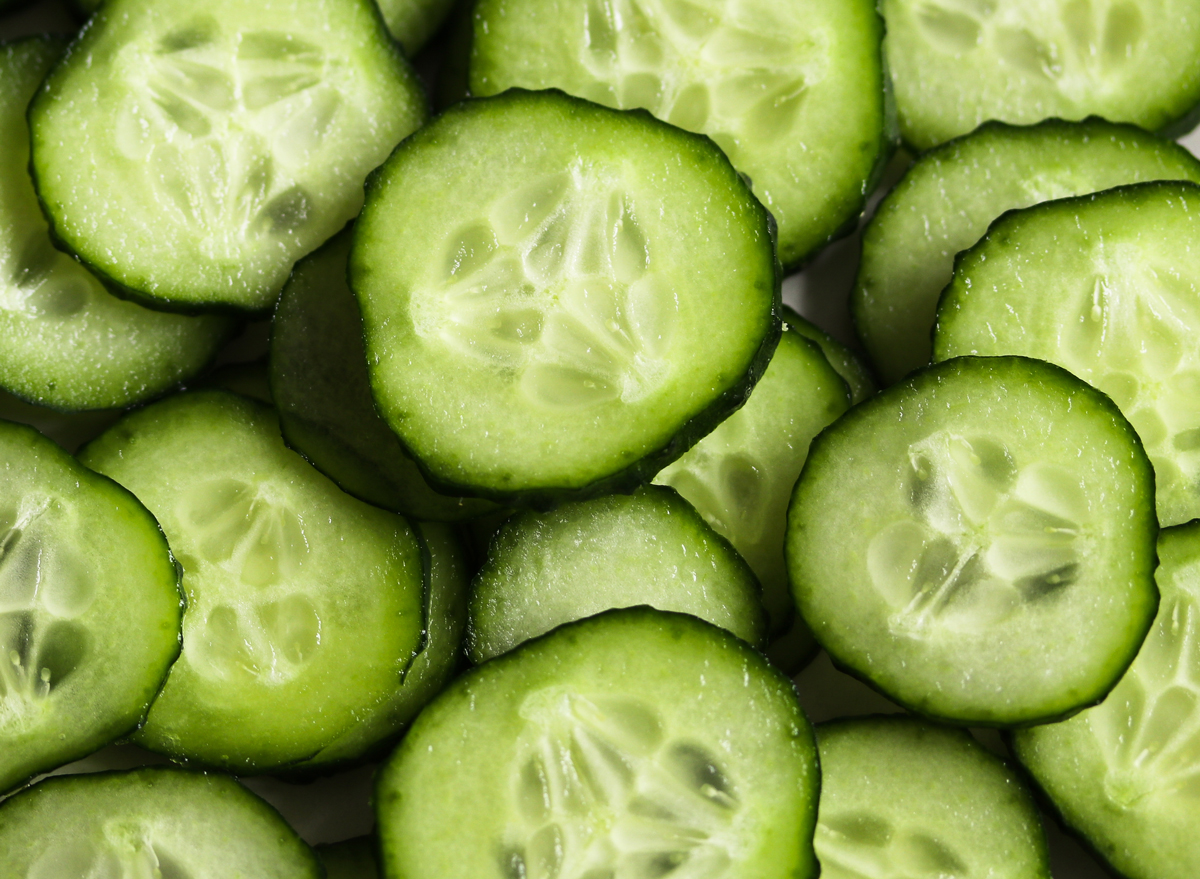
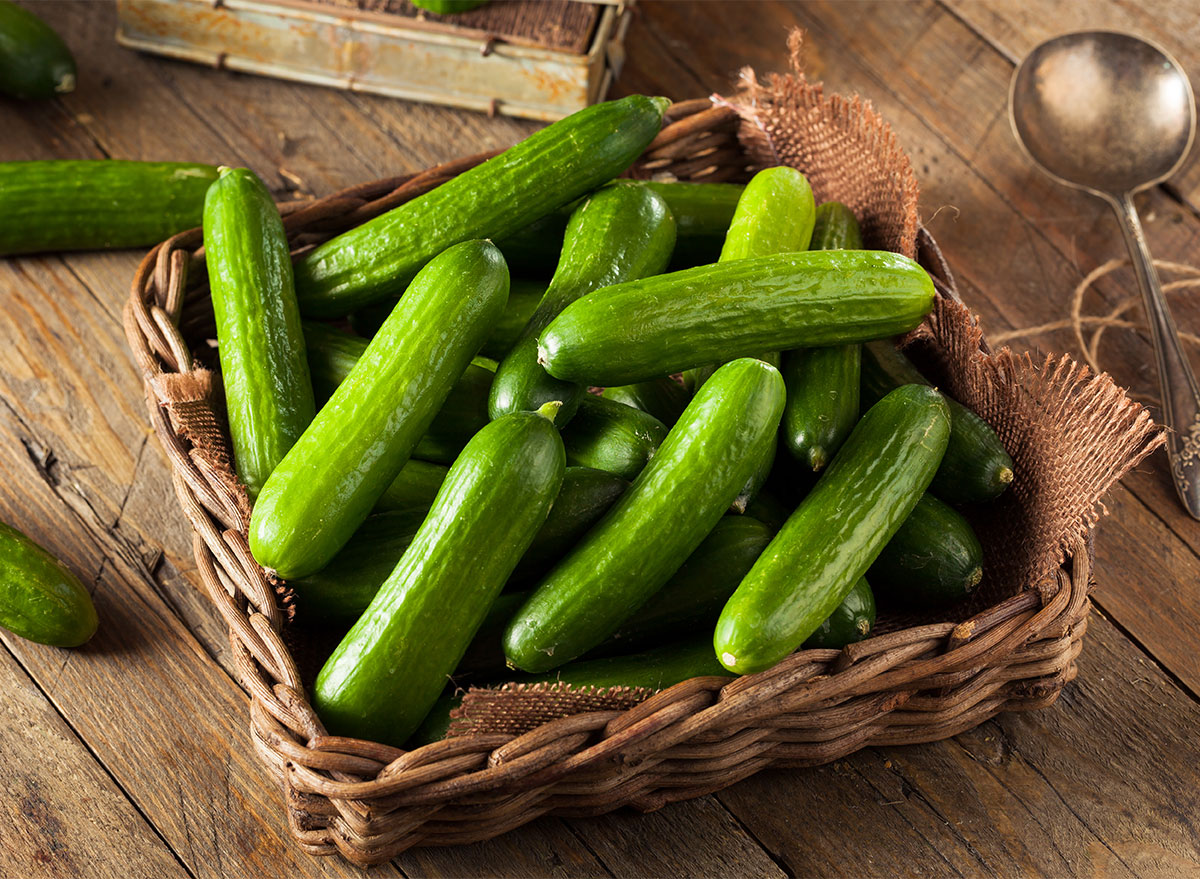
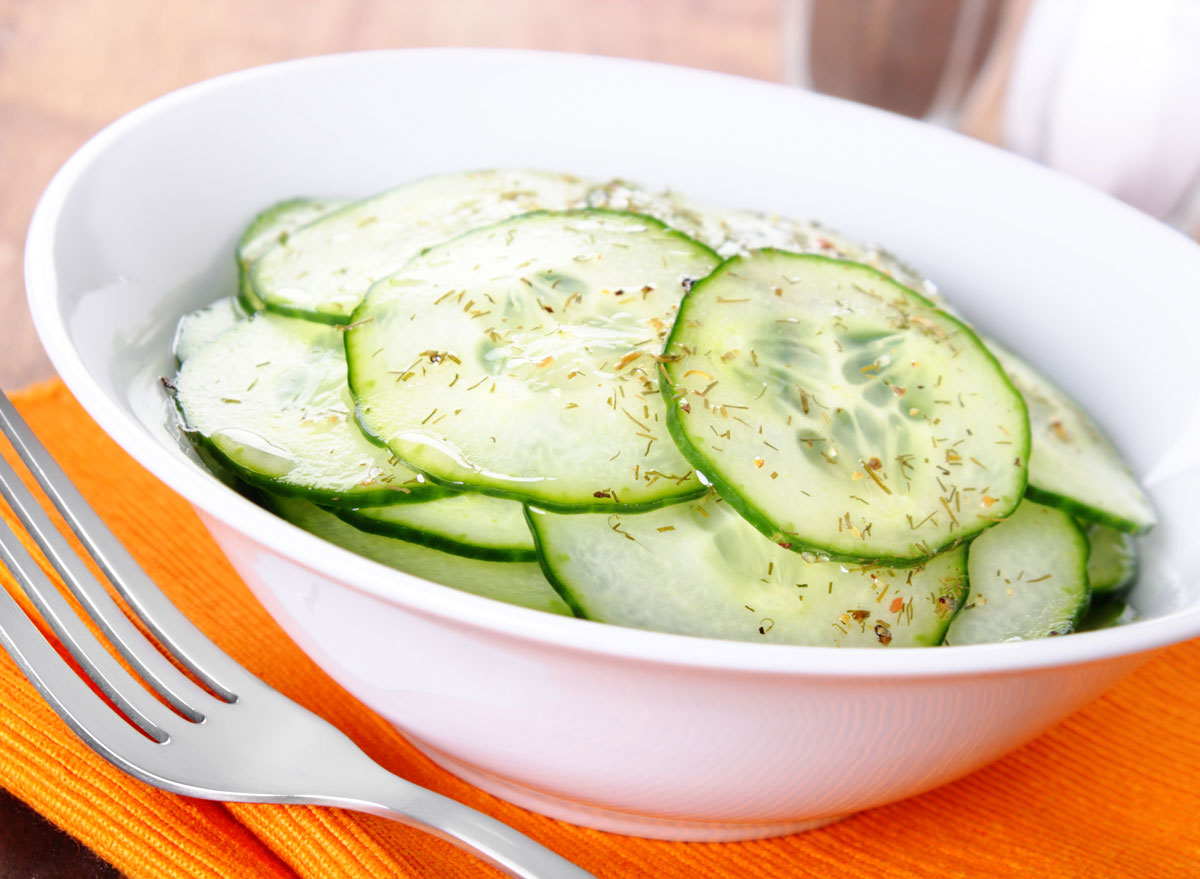

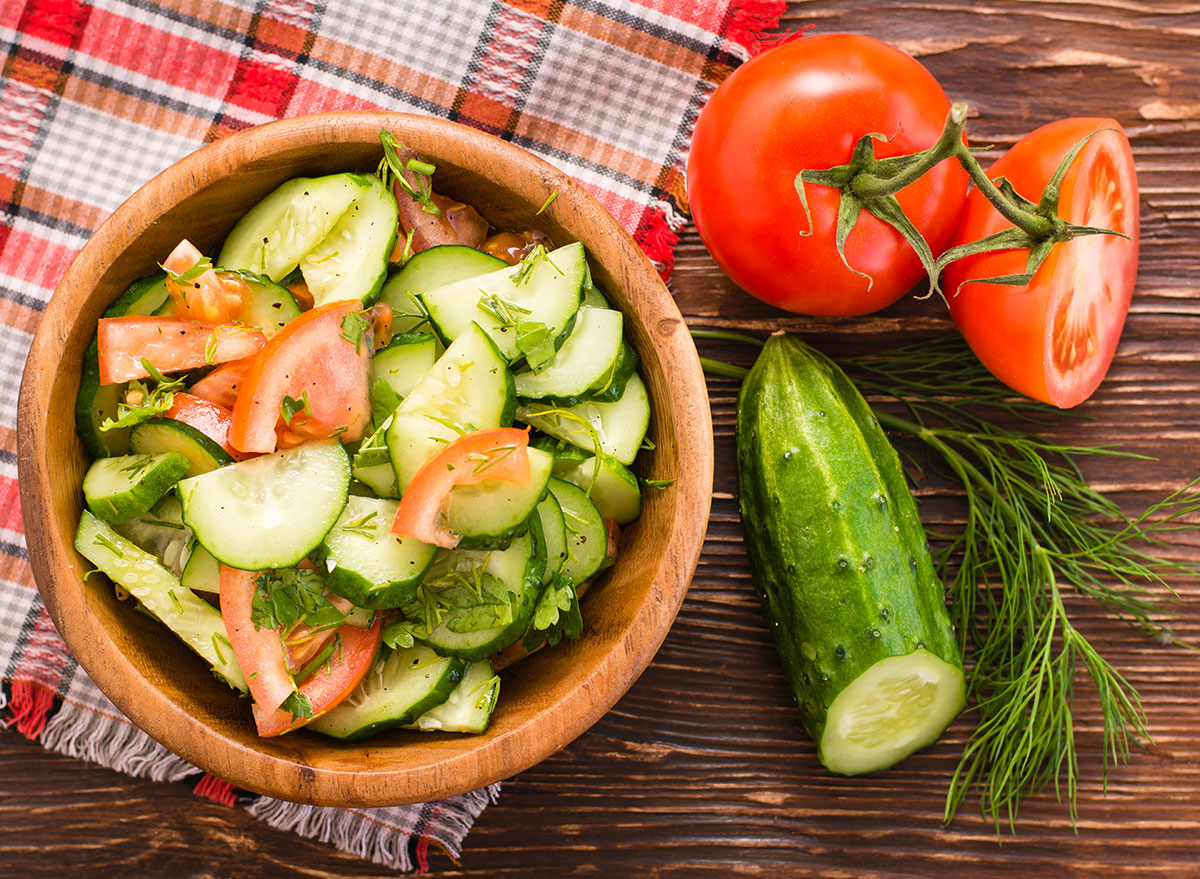

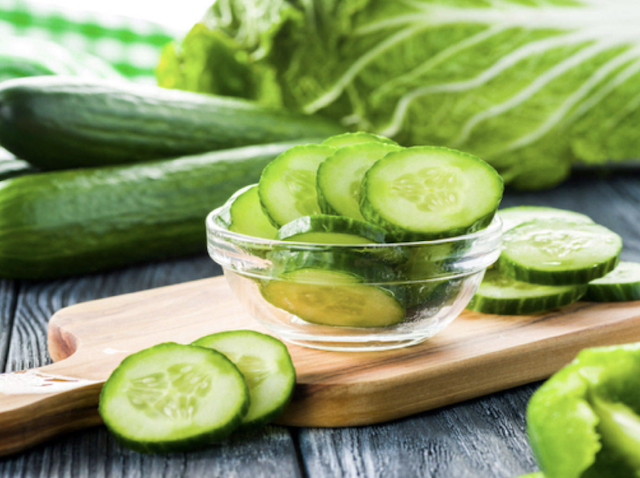
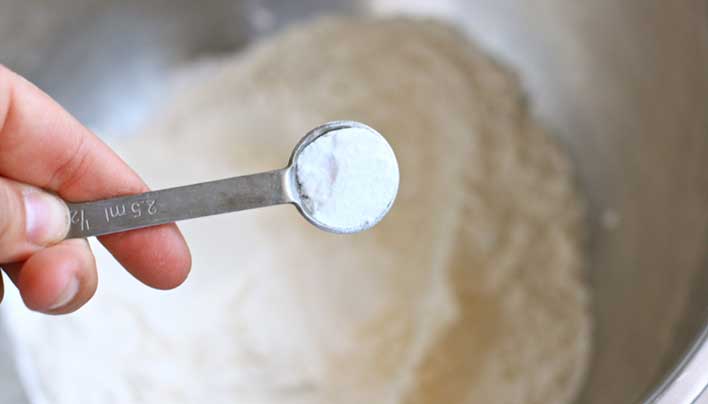
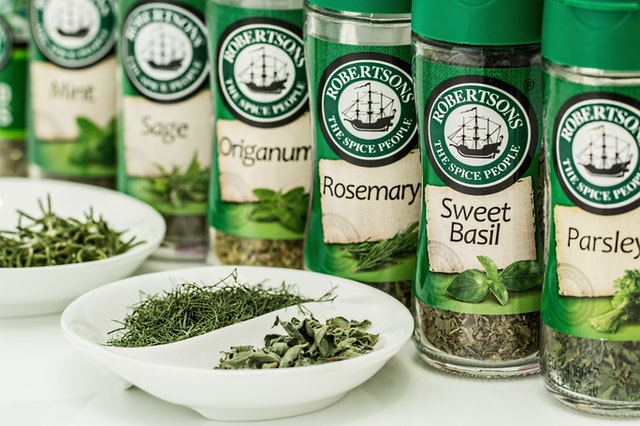
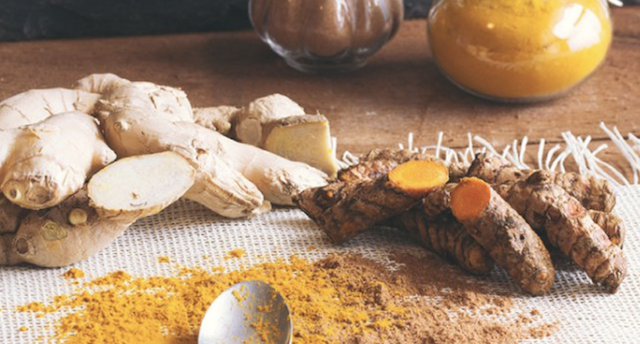
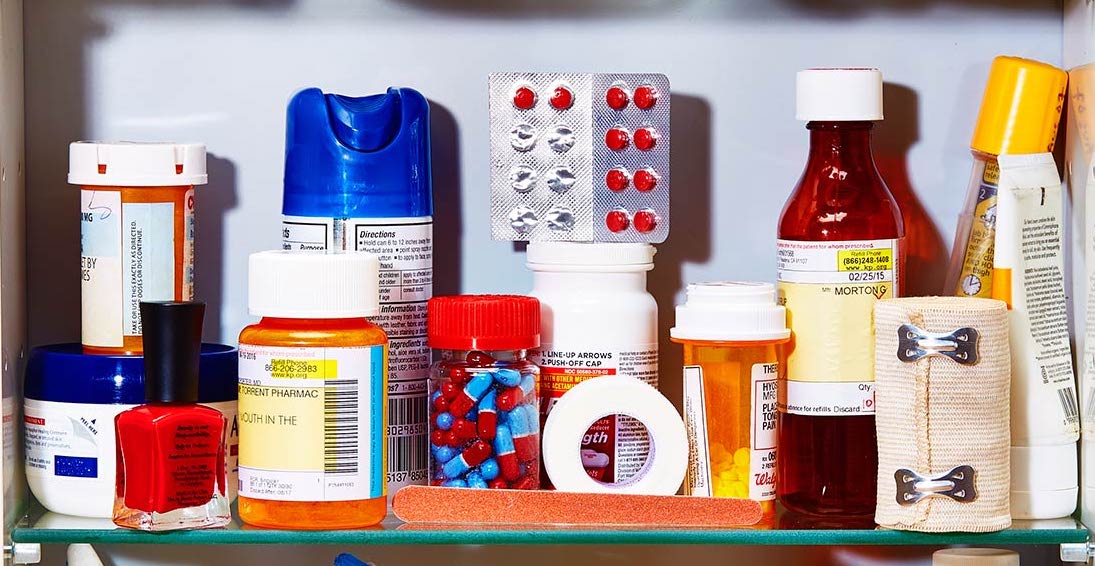
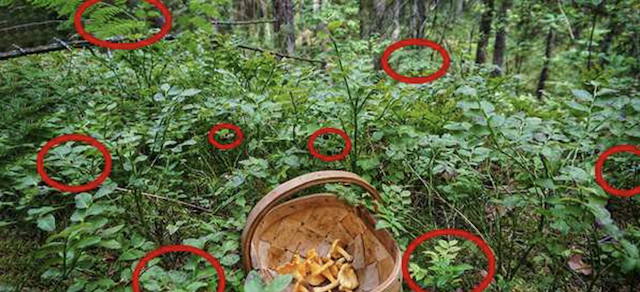
 Menispermum canadense – also known as Moonseed. This is a woody vine that grows 8’-20′ long. Stems of the young plant are green to brownish-red and slightly hairy, while older ones become hairless and woody. The smooth leaves of this plant are 6″ long and 8″ across and often bend downwards.
Menispermum canadense – also known as Moonseed. This is a woody vine that grows 8’-20′ long. Stems of the young plant are green to brownish-red and slightly hairy, while older ones become hairless and woody. The smooth leaves of this plant are 6″ long and 8″ across and often bend downwards.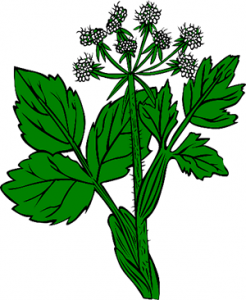 White snakeroot plants have coarse toothed, round-based leaves with pointed tips and can reach up to 3 feet (1m) in height—clusters of flowers grown on the top of the stem throughout summer and fall.
White snakeroot plants have coarse toothed, round-based leaves with pointed tips and can reach up to 3 feet (1m) in height—clusters of flowers grown on the top of the stem throughout summer and fall.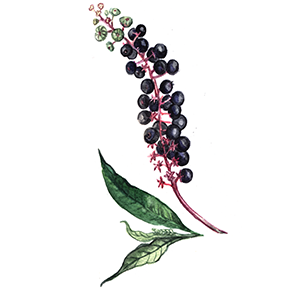 Phytolacca americana, or pokeweed, is native to eastern North America and the mid-west but is scattered throughout Canada, the United States, Europe, and Asia.
Phytolacca americana, or pokeweed, is native to eastern North America and the mid-west but is scattered throughout Canada, the United States, Europe, and Asia.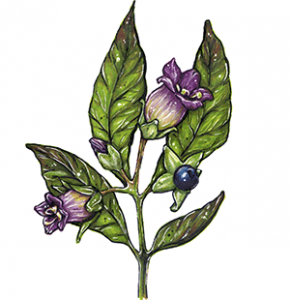 Atropa belladonna – commonly referred to as Belladonna or Deadly Nightshade– is a poisonous perennial herbaceous plant in the nightshade family.
Atropa belladonna – commonly referred to as Belladonna or Deadly Nightshade– is a poisonous perennial herbaceous plant in the nightshade family.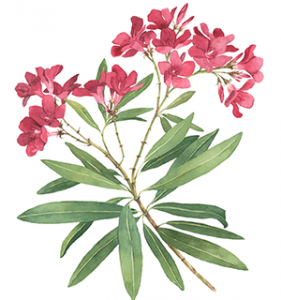 Found throughout most western and eastern United States, this plant is easily mistaken for bay leaves. Unfortunately, using these leaves to spice up your emergency stew would be a bad idea.
Found throughout most western and eastern United States, this plant is easily mistaken for bay leaves. Unfortunately, using these leaves to spice up your emergency stew would be a bad idea.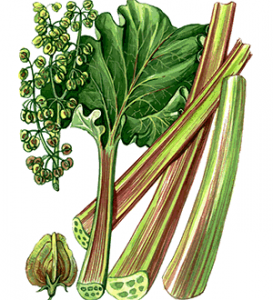 Breathing difficulty
Breathing difficulty



